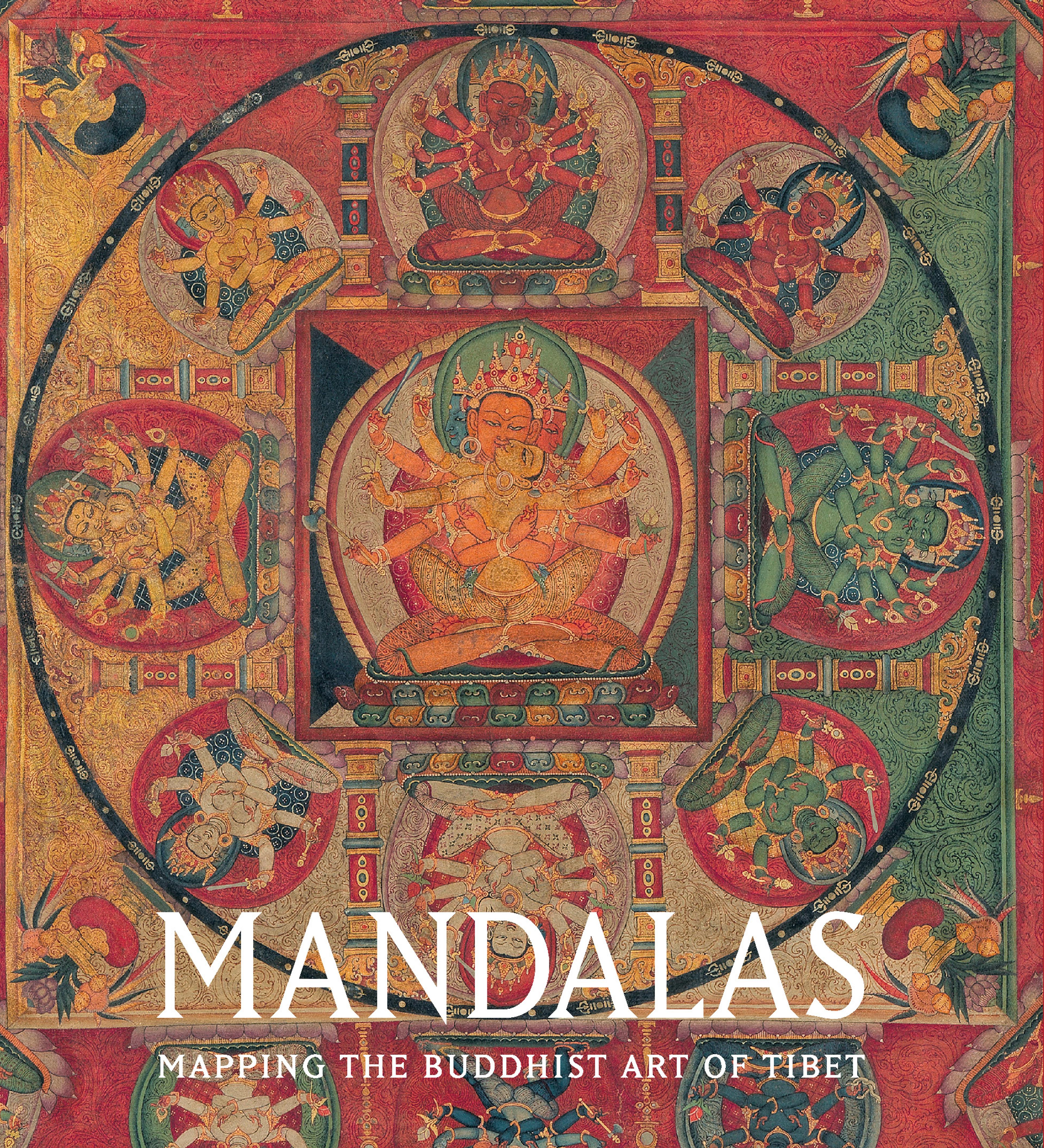Kurukulla
This large-scale appliqué depicts the Vajrayana goddess Kurukulla, known as a beautiful bewitcher of men. The four-armed figure’s red skin corresponds to her status as an emanation of the red Amitabha Buddha. Kurukulla is evoked for success with tantric rituals; reciting her mantra allows the practitioner to subdue or bewitch men of all ranks, even kings. Typical of late images of this deity, she shoots a bow with a flower-tipped arrow like the god of love, Kamadeva. As with many ferocious female protectors, she is presented with a headdress of skulls, wearing bone ornaments, and dancing on a pile of corpses. A garland of severed heads frames her body. Below is a group of fierce protectors. This appliqué is an outstanding and well-preserved example of Tibet’s textile image-making tradition.
Artwork Details
- Title: Kurukulla
- Date: 19th century
- Culture: Tibet
- Medium: Appliqued satin, brocade and damask, embroidered silk and painted details
- Dimensions: Image: 56 × 47 in. (142.2 × 119.4 cm)
Framed: 63 × 54 in. (160 × 137.2 cm) - Classification: Paintings
- Credit Line: Zimmerman Family Collection, Gift of the Zimmerman Family, 2014
- Object Number: 2014.720.1
- Curatorial Department: Asian Art
More Artwork
Research Resources
The Met provides unparalleled resources for research and welcomes an international community of students and scholars. The Met's Open Access API is where creators and researchers can connect to the The Met collection. Open Access data and public domain images are available for unrestricted commercial and noncommercial use without permission or fee.
To request images under copyright and other restrictions, please use this Image Request form.
Feedback
We continue to research and examine historical and cultural context for objects in The Met collection. If you have comments or questions about this object record, please contact us using the form below. The Museum looks forward to receiving your comments.
